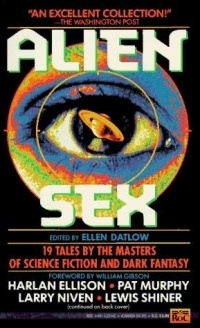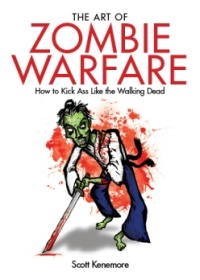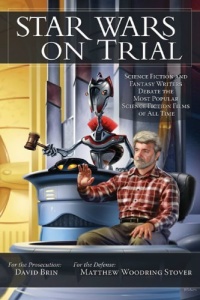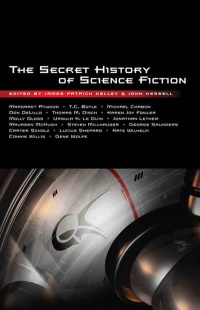The machine captured that old-world sense of irony in death: you can know how it’s going to happen, but you’ll still be surprised when it does.
Title: Machine of Death: A Collection of Stories About People Who Know How They Will Die
Editors: Ryan North, Matthew Bennardo, David Malki
Year: 2010
Rating: 4/5 stars
 I love an anthology with an interesting theme, and this one’s got it in spades. The concept came from a comic written by one of the editors in which a character makes a comment about what the world would be like if everyone knew how they were going to die. At that point the genie was out of the bottle, people were fascinated, ideas were kicked around, and the result is the volume before us now.
I love an anthology with an interesting theme, and this one’s got it in spades. The concept came from a comic written by one of the editors in which a character makes a comment about what the world would be like if everyone knew how they were going to die. At that point the genie was out of the bottle, people were fascinated, ideas were kicked around, and the result is the volume before us now.
The concept is more than a general theme, however, since the editors set out the basic premise that each story is to follow. That premise, in a nutshell, is this:
The machine had been invented a few years ago: a machine that could tell, from just a sample of your blood, how you were going to die. It didn’t give you the date and it didn’t give you specifics. It just spit out a sliver of paper upon which were printed, in careful block letters, the words “DROWNED” or “CANCER” or “OLD AGE” or “CHOKED ON A HANDFUL OF POPCORN.” It let people know how they were going to die. [….] But the machine was frustratingly vague in its predictions: dark, and seemingly delighting in the ambiguities of language. “OLD AGE,” it had already turned out, could mean either dying of natural causes, or being shot by a bedridden man in a botched home invasion. [….] There were now machines in every doctor’s office and in booths at the mall. You could pay someone or you could probably get it done for free, but the result was the same no matter what machine you went to. They were, at least, consistent.
And every story is consistent in complying with the details of that description, including the block letters, the mall, and especially the machine’s twisted sense of linguistic ambiguity, which is a big part of what makes it such an intriguing premise in the first place. Included are thirty stories (chosen from over 600 submissions) from authors around the world, amateurs and pros alike, none of whom I was previously familiar with. Don’t let that put you off, though, because the writing quality is fairly high overall. Styles run the gamut, including adventure, humor, horror, fantasy, and sci-fi; but no matter what style each author uses, they all pay careful attention to how this invention would change our world, and its social, psychological, economic, and legal effects. Among some of the effects explored are: high school kids creating a new social hierarchy based on how “cool” one’s death is; hiring discrimination based on manner of death; the impact on the medical profession; the new world of dating and romance (who would you rather marry, an “OLD AGE” or a “PRISON KNIFE FIGHT”?); and the choices made by criminals (if you’re going out by “ELECTRIC CHAIR,” why not really earn it?).
This is a tight anthology; all the stories are true to the given theme and you don’t have to wonder why a story was included (as with some anthologies). I definitely give extra points for that. The downside of that tightness is that if you read this cover to cover, the stories all feel a bit too similar. So I’d recommend you space it out, read a bit here and there over time. There are no badly written stories here, and the creativity level is high. My only serious complaint is that there are so few stories that tackle the premise…. if I may put it this way…. from a sci-fi standpoint. There are a few nods to quantum mechanics and information theory, but by far most authors don’t attempt any explanation of HOW the machine works, but simply accept that it does. It would have been nice if the editors had included more stories taking a hard-edged science fiction angle; but I certainly enjoyed this exercise in “speculative fiction.”
You can pick up a copy of this 450-ish-page anthology for a pretty decent price. Or, for those of you comfortable reading your fiction from an electronic screen, you can actually download a free pdf of the entire thing. So come on, really, you have no excuse not to read this.



















